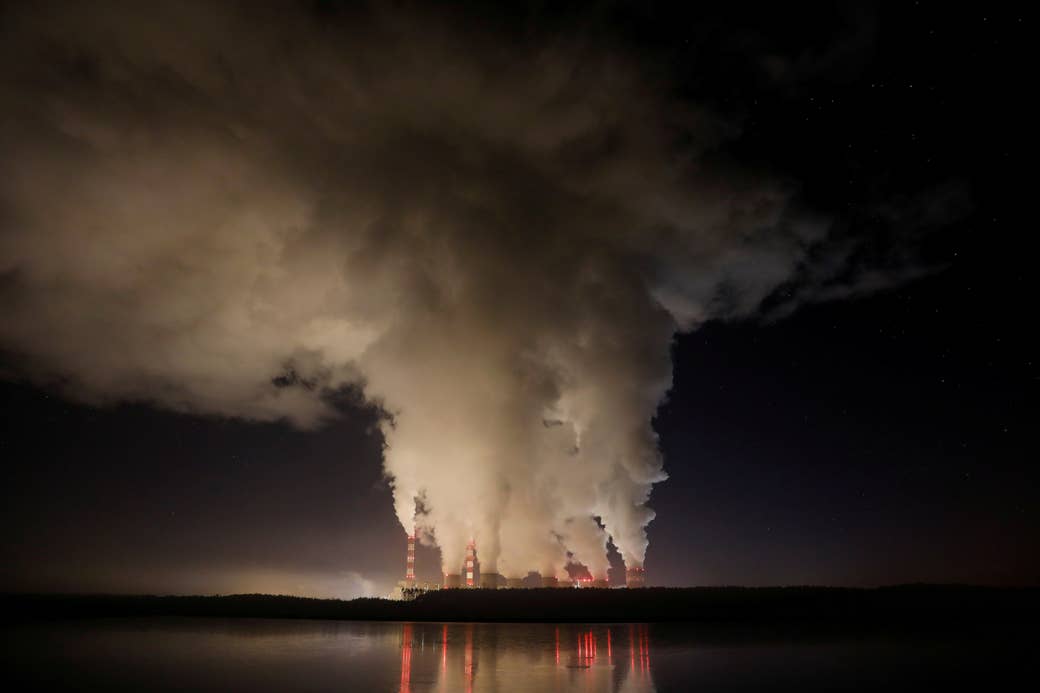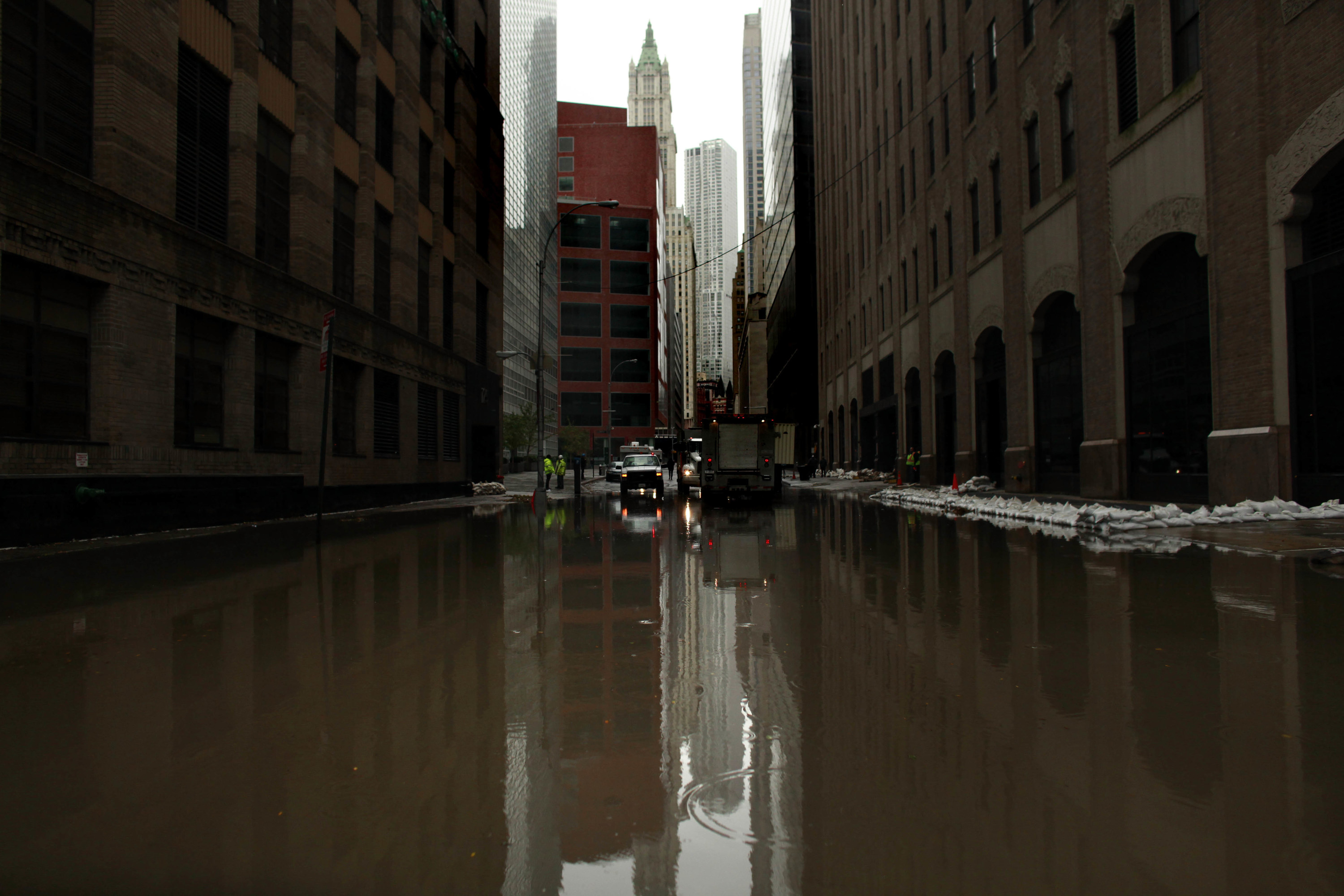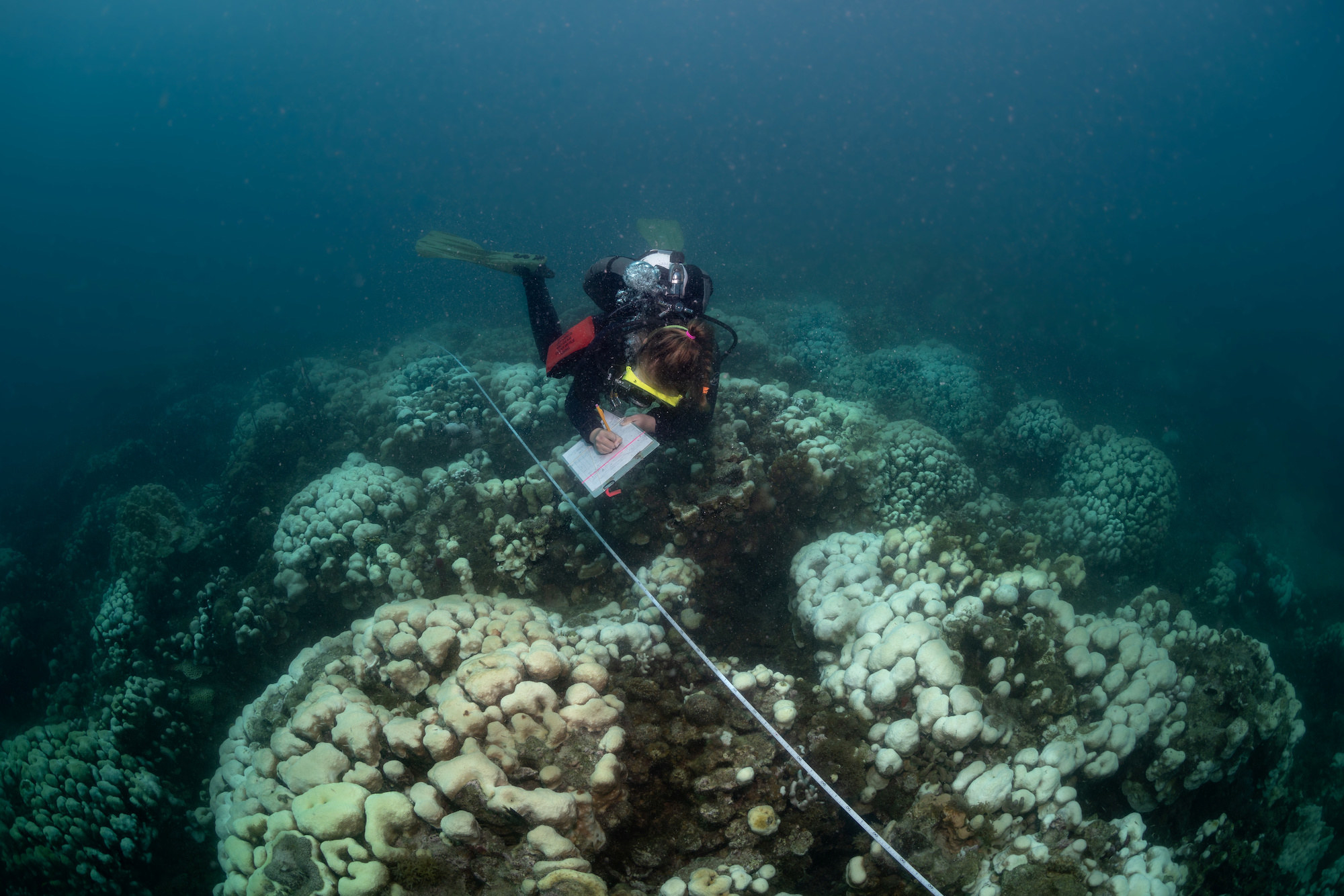
The hopes, dreams, and delusions that climate change is a future problem — possibly a preventable one — eroded this decade, replaced by the sobering reality that the crisis is already here and only getting worse.
The evidence is a growing list of broken climate records, one that will likely increase in the years and decades to come.
The 2010s will likely lock down the record for the hottest decade. The 10-year stretch also boasted a wave of historic disasters, from the all-time high temperatures recorded during a blistering heat wave in Europe to the largest US rainfall event in 70 years to many of the most expensive and destructive catastrophes across the globe. This is also the decade when the first mammal went extinct from climate change, coral reefs experienced unprecedented damage tied to warming ocean waters, sea levels rose and islands disappeared, climate pollution spewed into the atmosphere at historic levels, and so much more.
Climate scientists, to their credit, have long been making dire projections about a warming planet and doing their best to warn everybody else. Recent studies have shown that even early scientific models from as far back as 1970 — which looked at the relationship between rising temperatures and growing levels of greenhouse gases in the atmosphere — largely got things right.
With new data, better tools, increased scientific collaboration, and still-rising greenhouse gas emissions, more experts are now in agreement than ever: This is a human-made problem, catastrophic impacts are coming sooner than we thought, and time is running out to fix it.
Even our language for talking about global warming has radically changed in the past 10 years, taking on more urgency. Politicians, scientists, and the media have increasingly followed the lead of activists, referring to climate change as a crisis, emergency, or breakdown. Oxford Dictionaries named “climate emergency” its 2019 word of the year.
The mounting gloom and doom has also spurred action. Massive demonstrations have shut down city centers, and millions of kids have ditched school on Fridays to strike alongside a new figurehead who emerged this decade, Time magazine's 2019 Person of the Year, Greta Thunberg. Growing numbers of people have talked about giving up flying, eating meat, and even having children. Mid-decade, practically every country in the world signed a historic international agreement to tackle the problem (and in 2017, President Donald Trump announced that the US would be backing out of it). How this all plays out will be determined in the next decade or the ones after — not this one.
Here’s a BuzzFeed News review of six of the most devastating climate records we broke this decade:
1. Carbon Dioxide Skyrocketed
Continuing a trend that was first recorded in the 20th century, the atmospheric levels of carbon dioxide — a potent heat-trapping or “greenhouse” gas — grew every year this decade. And they didn’t just go up at a steady rate, they went up at a faster and faster clip. In fact, CO2 levels are now rising at a faster pace than ever before.
“This is the fastest it’s ever been,” Pieter Tans, chief of NOAA’s carbon cycle greenhouse gases group, told BuzzFeed News.
In 2015, CO2 levels passed the symbolic 400-parts-per-million threshold. The last time this happened, humans did not exist and the planet was even warmer than it was today. This time around, scientists have concluded that it's humans, not nature, who are responsible for the unprecedented rise.
CO2 levels hit 407.8 ppm in 2018, according to the World Meteorological Organization. Carbon dioxide can linger in the atmosphere for hundreds of years, and in the ocean for even longer.
2. Temperatures Kept Going Up
The decade kicked off in 2010 with what was then the hottest year on record. That record was then broken again in 2014, and then shattered in 2015 and 2016. Then July 2019 served us the hottest month on record. As 2019 draws to a close, scientists have concluded that the back half of this decade was the warmest five-year stretch in recorded history.
And it was in this decade that we officially warmed more than 1 degree Celsius above preindustrial levels. This means we’re already more than halfway to the temperature goals set by the Paris climate agreement, which aimed to limit warming to 1.5 to 2 degrees Celsius.
3. Arctic Sea Ice Disappeared
As the planet has heated, Arctic sea ice has declined. The lowest levels of Arctic sea ice were recorded in 2012, and 2019 has tied for the second-lowest levels.
“Each succeeding decade is lower,” Walt Meier, senior research scientist at the National Snow and Ice Data Center, told BuzzFeed News. “That’s clearly a declining trend.”
Beyond the sea ice extent, Meier mentioned another worrying trend linked to the changing climate: Satellite imagery has revealed Arctic sea ice has been getting thinner as the thicker, older ice has melted.
The big question for Meier and other scientists watching the Arctic is when we will experience our first ice-free summer.
“It’s no longer a matter of if, it’s when — at least in current trajectory we’re going on,” Meier said.
4. The Seas Kept Rising

Sea levels are rising, thanks to both melting ice and the expansion of warm ocean water.
Global sea levels have risen about 3 inches since 1993, when the satellite record began. And those levels are rising faster and faster, affecting some parts of the world more drastically, according to the 2019 Intergovernmental Panel on Climate Change’s special report on oceans.
While 3 inches may not seem like much, the rise has led to increased coastal flooding from storms like Superstorm Sandy and more frequent high tide or “sunny day” flooding in places like Florida. One US-focused study found 17 states lost almost $16 billion in coastal property damage from 2005 to 2017 due to tidal flooding exacerbated by rising seas.
In the Pacific Ocean, multiple islands have already shrunk or disappeared entirely.
5. Coral Reefs Died Across the World

The worst coral bleaching event in recorded history lasted from 2014 to 2017, damaging reefs across the globe. The event “affected more reefs than any previous global bleaching event," according to a Coral Reef Watch report, and it was especially bad in places like the Great Barrier Reef, Kiribati, and Jarvis Island. Only two other global events had struck corals previously, in 1998 and 2010.
For coral reef expert Kim Cobb of Georgia Institute of Technology, “2016 jumps off the page.” That was the year she arrived at the Kiritimati coral reefs, her longtime research site, to find a lot of dead coral.
The Great Barrier Reef, the world’s largest and longest coral reef, lost about half its coral following unrelenting warm waters in 2016 and 2017.
6. Disasters Got Even More Disastrous
This decade is when the number of billion-dollar disasters in the US reached a new high, as more natural disasters than ever hit the country.
This was the decade of Hurricane Sandy, which brought the country’s largest city to a standstill in 2012 (and the iconic Bloomberg Businessweek magazine cover: “It’s Global Warming, Stupid”), Hurricane Harvey and its historic levels of rainfall to Texas in 2017, Hurricane Maria’s strike in Puerto Rico in 2017 that led to the nation’s largest power outage, and some of the biggest and deadliest wildfires in California’s history.
Outside the US, Typhoon Haiyan killed thousands of people in the Philippines in 2013. It was one of the strongest storms ever to make landfall. Just this year, Japan was slammed by one of the strongest typhoons in decades, Europe experienced a record-breaking heat wave, a severe drought left millions hungry in Southern Africa, and bushfires blanketed Australia with smoke. Meanwhile, extreme rain events are on the rise in India.
At the beginning of the century, scientists were only just starting to link climate change to individual disasters, mostly to droughts and heat waves. Now there’s a burgeoning field called “attribution science,” allowing scientists to increasingly identify how climate change contributes to certain disasters.

